Nestled along the Rio Grande in southwest Texas, Big Bend National Park is a haven for outdoor enthusiasts, and fishing enthusiasts are no exception. Boasting over 238 miles of river frontage, the park offers ample opportunities for Big Bend National Park fishing, where you can experience the thrill of casting a line in pristine, remote waters. This comprehensive guide from nationalparkshops.com will equip you with all the essential information you need to plan your Big Bend fishing adventure.
Big Bend National Park Fishing Overview
When you visit a Big Bend National Park, it can feel like there’s not enough time to see everything and the rush to check off all the sights can be overwhelming. However, trying out activities like fishing in a desert park might be just the change of pace you need.
Fishing is a leisurely and enjoyable activity that visitors of all ages can enjoy. It’s a great way to relax and unwind amidst the natural beauty of the park. The best part is that it’s free and you don’t need a Texas fishing license to participate. All you need is a fishing permit, which you can easily obtain at any open visitor center within the park.
If spending a laid-back day by the Rio Grande sounds appealing to you, don’t hesitate to ask a ranger about the fishing opportunities available in the park.
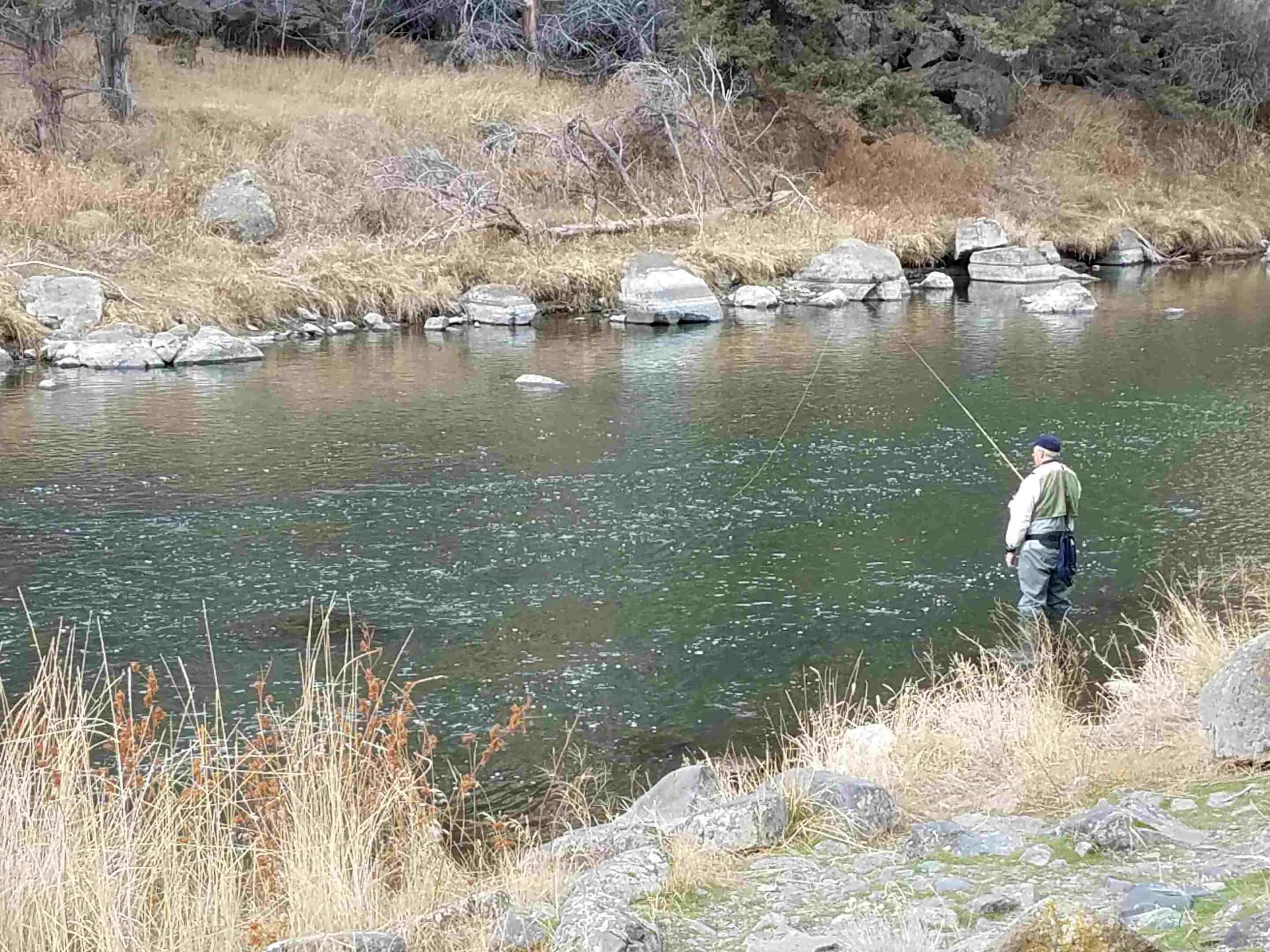
Fishing locations in Big Bend
Fish can only be found in the Rio Grande and its two tributaries, Tornillo and Terlingua Creeks, within the park. These bodies of water provide a unique habitat for fish to thrive in an otherwise arid environment. The presence of fish in these locations adds to the biodiversity of the park and offers visitors the opportunity to observe aquatic life in this desert landscape.
For those seeking the best fishing spots in Big Bend, the Rio Grande, Tornillo Creek, and Terlingua Creek serve as important ecosystems within the park, supporting various species of fish and contributing to the overall ecological health of the area.
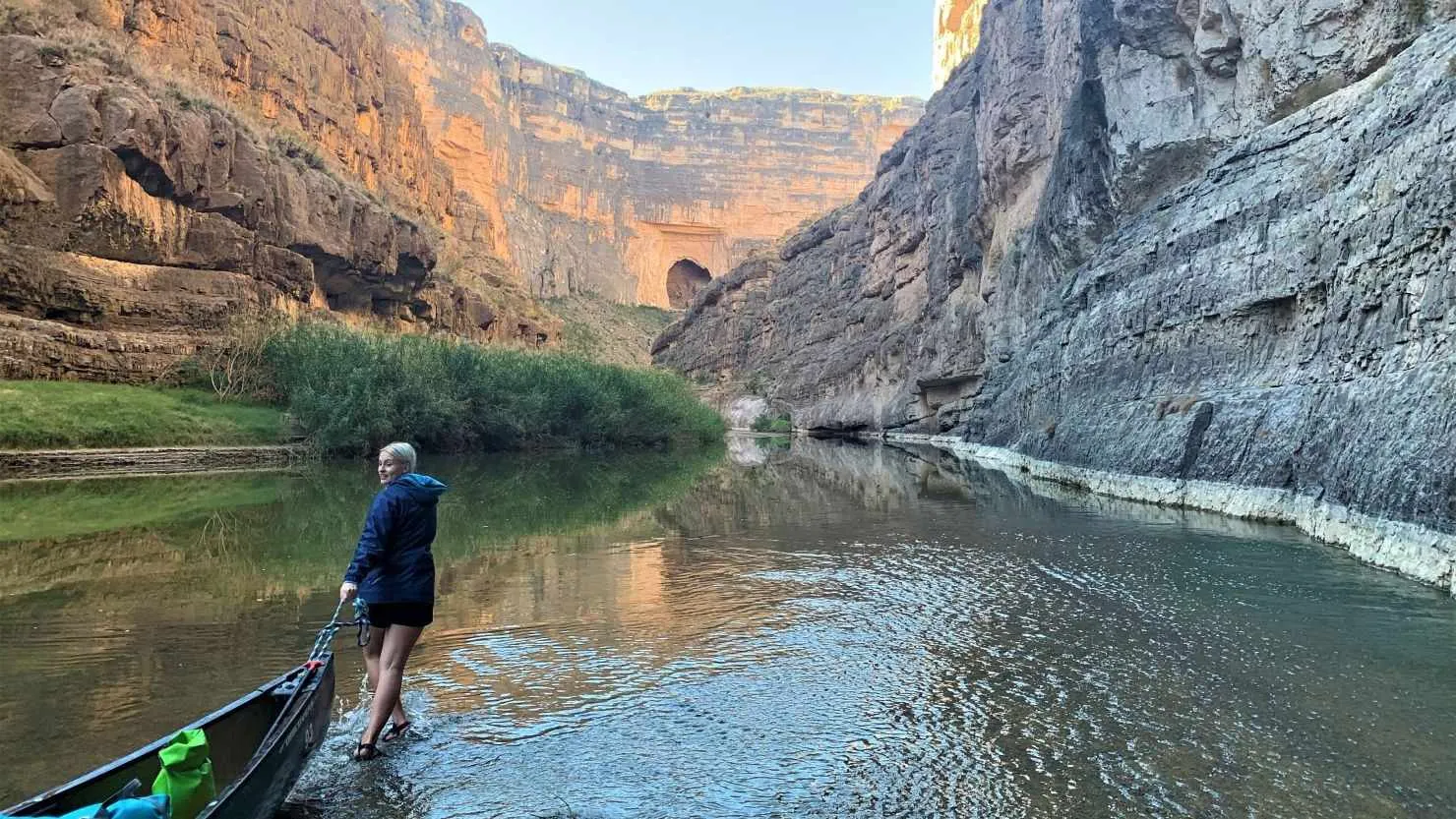
Types of fish available at Big Bend National Park
Big Bend National Park is home to countless rare and difficult-to-catch fish, specifically:
Big Bend Gambusia
Big Bend’s most well-known fish is the Big Bend gambusia. The sole wild group of this fish can be found in a safeguarded pond close to Rio Grande Village. All current populations of Big Bend gambusia are offspring of three fish (two males and one female) that were removed from the diminishing Rio Grande Village population in 1956. The main dangers to Big Bend gambusia and other desert spring fish include habitat destruction due to decreasing spring flows and diminished surface waters, competition with non-native species, and interbreeding with introduced fishes.
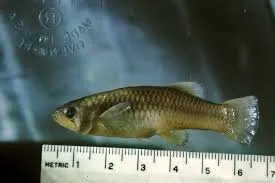
Catfish
There are five types of catfish in the Rio Grande at the park, and they make up most of the fish caught during recreational fishing. Catfish get their name from their whisker-like barbels and they sink instead of float because of their small gas bladder and heavy head.
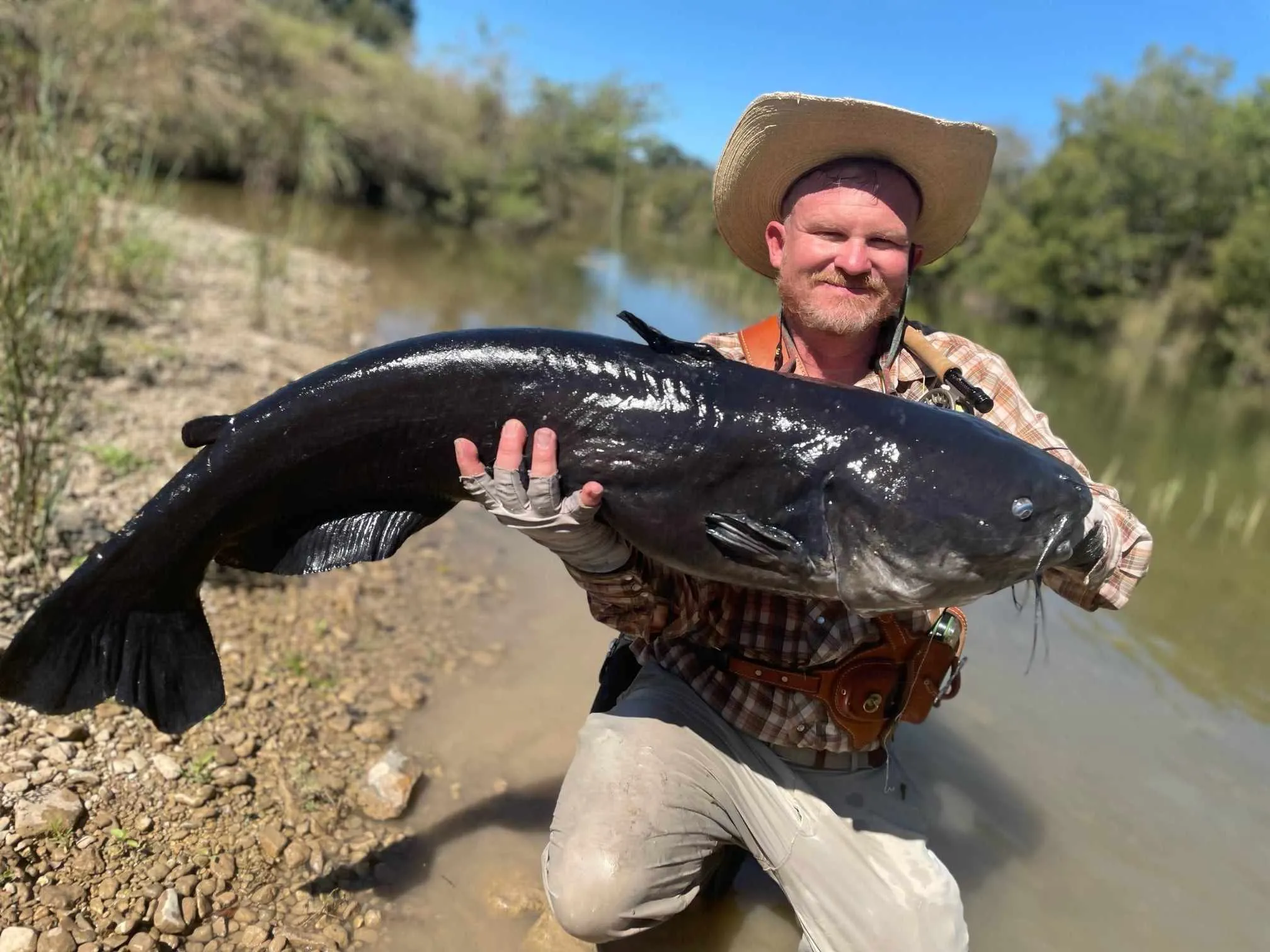
Largemouth Bass
Largemouth bass live mainly in lakes and rivers. The optimal habitat for this species include slow-moving, quiet, clear waters with soft shallow soil. Dense vegetation is ideal for finding prey. They rely heavily on their sight and hearing to locate their prey and feed. Adult largemouth bass have few predators outside of birds and humans.
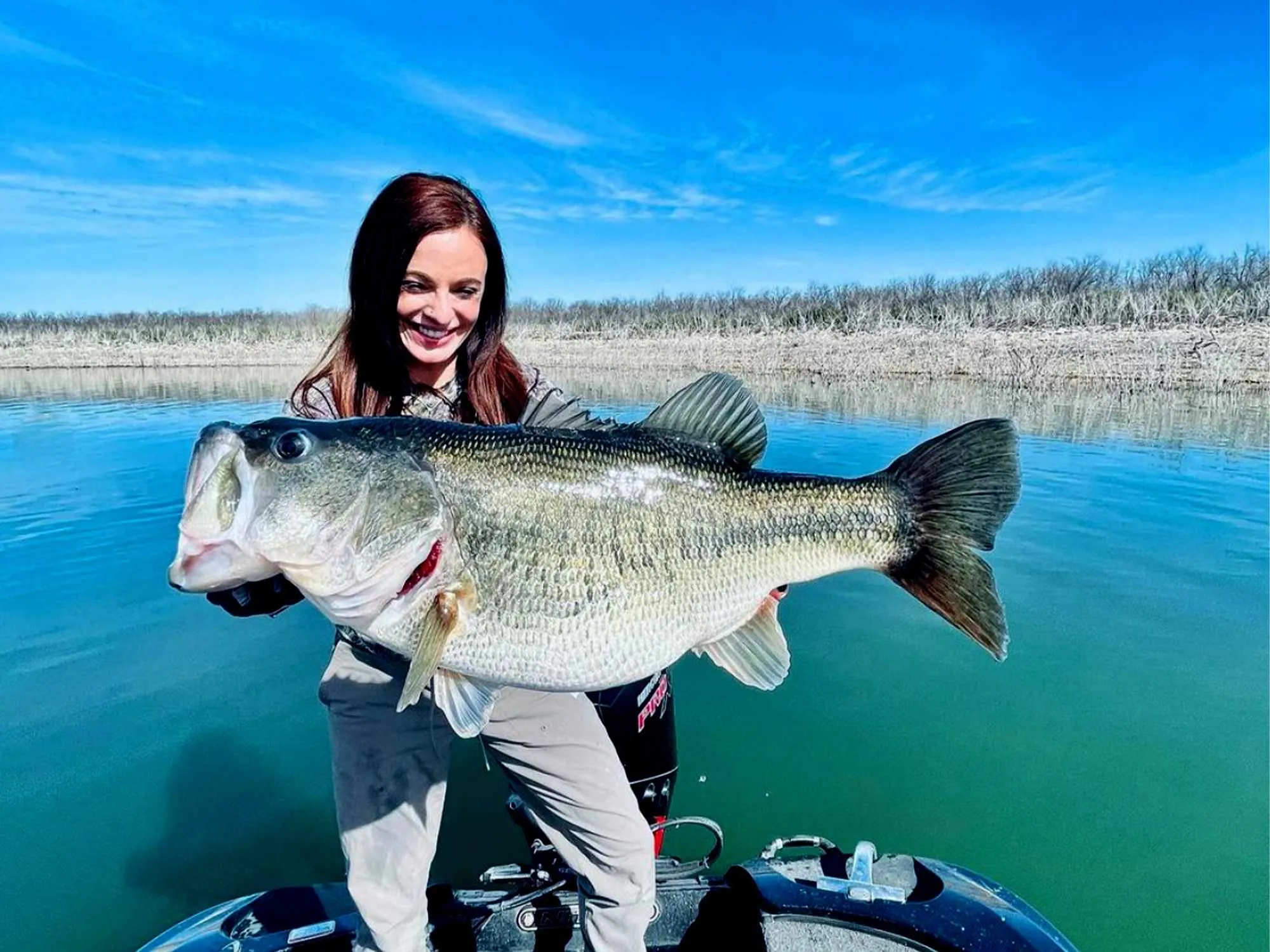
Longnose Dace
These fish are mainly active at night and have eyes that are adjusted to low light conditions. They eat insects that live on the bottom of bodies of water and are believed to find their food by scent, using their whisker-like barbels to search through the sediment. The insects they consume consist of black flies, midges, aphids and cicadas.

Bluegill
Bluegill are most active in the early morning. Throughout the day, they remain concealed and seek shelter, then migrate to shallow waters for the night. The tiny mouth of the bluegill is a feature developed from consuming small prey. These fish are carnivorous, feeding on invertebrates like snails, worms, shrimp, aquatic insects and zooplankton.

Green Sunfish
Due to their ability to thrive in various aquatic environments, this species has been effectively introduced to other locations. They typically grow to an average size of 12.5 to 15.5 centimeters.

Blue Tilapia
Initially brought to the United States to manage aquatic plants, the blue tilapia has now turned into a nuisance. It is seen as a rival to local species for breeding grounds, resources, and habitat. Blue tilapia have expanded to numerous water systems in Texas, with breeding populations discovered in the ponds at Rio Grande Village in the park.
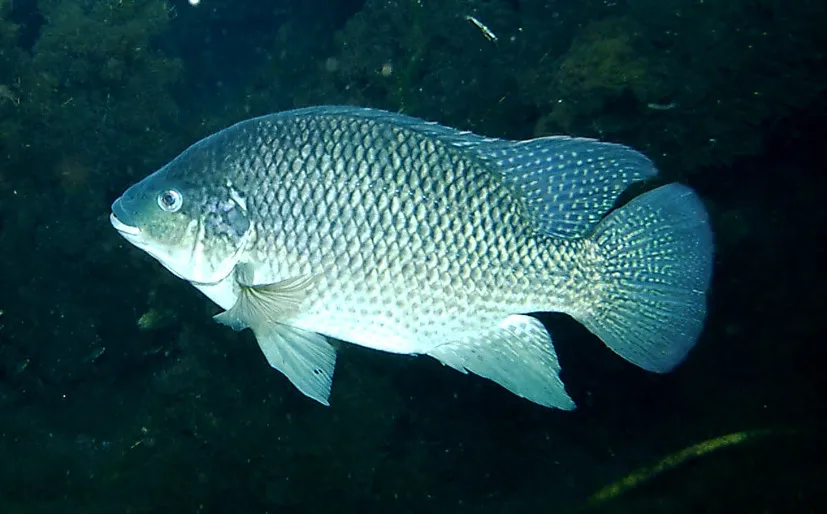
Fishing regulations in Big Bend National Park
The rules Big Bend National Park fishing and the Rio Grande Wild and Scenic River on the US side are outlined in Section 2.3 and Section 7.41, Title 36, Code of Federal Regulations, as well as State law.
- Fishing season is open all year.
- Fishing is allowed only in the Rio Grande.
- Certain ponds and springs are off-limits to protect rare fish.
- A State fishing license is not needed in the park, but an NPS fishing permit is required.
- Legal fishing methods include pole and line, rod and reel, throw line, and trot line.
- Trot lines and throw lines must have gear tags with name, address, and date.
- Jug lines are permitted outside the park on the Rio Grande but need marked gear tags.
- Prohibited methods include traps, spears, drugs, poisons, explosives, electricity, and chumming.
- Seines and nets are not allowed except for minnow seines up to 20 feet for bait.
- Fishing limit is 25 fish per person per day in Big Bend National Park
- State limits apply on the Rio Grande Wild and Scenic River
- Bait minnows are exempt from fishing limits
- Fishing for profit or commercial use is not allowed
- Collection of worms, larval insects, and other non-fish life forms is prohibited
- Permits are required for boating and backcountry camping in the park
- Trash must be disposed of properly, including carrying out toilet paper
- Generators and portable motors are not allowed in nondeveloped areas
- Motorboats must be numbered according to state regulations.
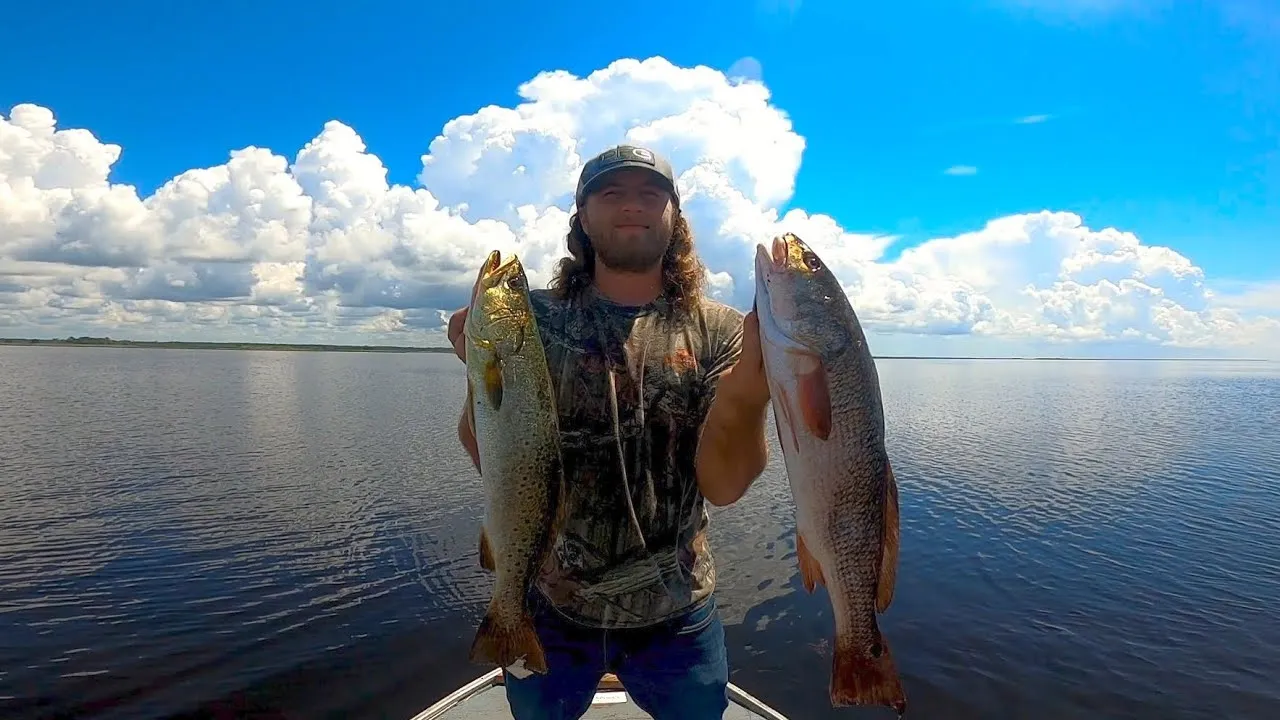
Do you want to venture into the wild spirit of Big Bend National Park with our exclusive t-shirt collection?
Inspired by the park’s untamed desert landscapes, rugged canyons, and star-filled skies, these one-of-a-kind designs capture the essence of adventure. Whether you’re hiking the Chisos Mountains or reminiscing about your journey, these tees combine comfort, durability, and bold style. Available only on Amazon, proudly brought to you by National Park Shops – your go-to source for premium, authentic park apparel. Gear up and wear your Big Bend story wherever you roam!

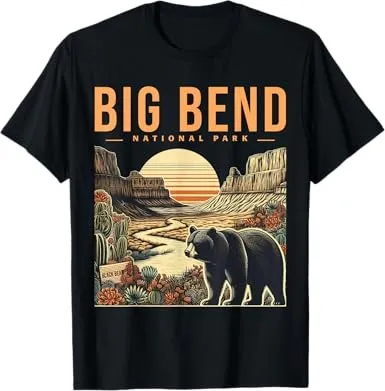
Conclusion
Big Bend National Park provides a one-of-a-kind fishing adventure, with a variety of water habitats and fish to target. Get to know the best spots to fish, consider hiring expert guides, make sure you have the necessary permits, and pack all the essential gear for an amazing experience at Big Bend National Park fishing. Enjoy the breathtaking scenery, interact with the wildlife, and challenge yourself by trying to catch some of the most popular fish species in the area.
Related Articles: Big Bend National Park Hiking: 10 Best Hikes and Trails

